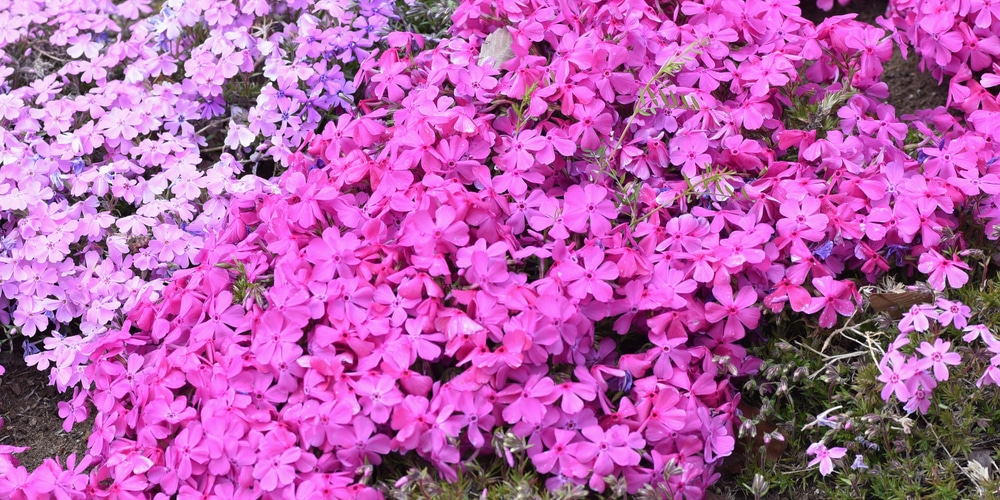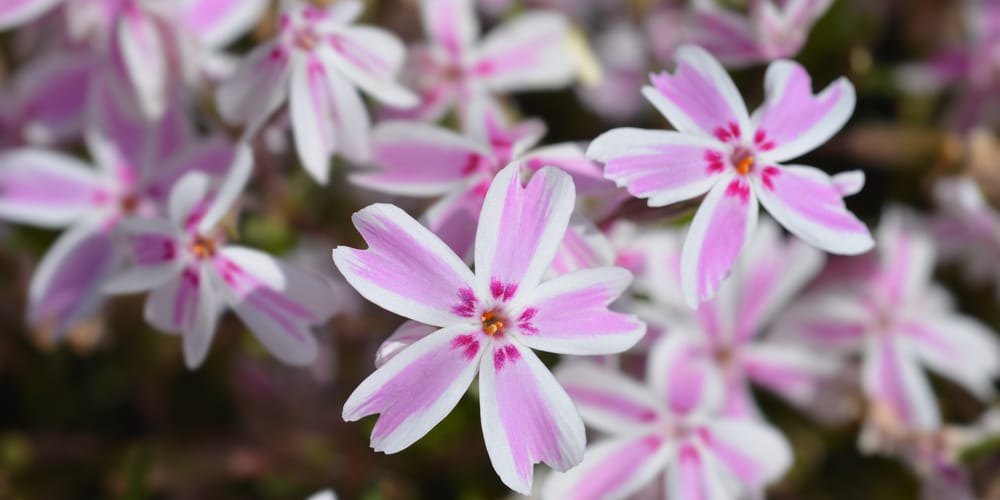If you’re looking for a plant that will attract bees to your garden, you may want to consider creeping phlox. This colorful groundcover is not only beautiful, but its flowers contain nectar that can potentially attract bees.
In this article, we’ll take a closer look at whether or not creeping phlox attracts bees and what benefits they can bring to your garden.
What is Creeping Phlox?
Creeping phlox (Phlox subulata) is a member of the phlox family and is native to North America. This low-growing perennial has stiff, needle-like leaves and produces masses of colorful flowers in the spring.
Creeping phlox is a hardy plant that can tolerate a wide range of growing conditions, making it a popular choice for gardens. This ground cover can spread quickly, so it’s important to give it plenty of space to grow.
Does Creeping Phlox Attract Bees?
Yes, creeping phlox does attract bees! This plant is a great source of nectar for bees, which they need to survive. In addition to attracting bees, creeping phlox can also attract other pollinators like butterflies and hummingbirds.
The flowers of creeping phlox are usually pink, white, blue, or purple and they bloom in the spring. Bees are attracted to the color and the nectar of the flowers, so they will often visit creeping phloxes in search of food.
The good thing about creeping phlox plants is that they will bloom for quite a number of weeks. This means that bees around your area will have enough nectar going around for a good portion of spring.
Which are the best locations to plant creeping phlox?
As we have seen, creeping phlox is an excellent plant for attracting bees to your garden. If you’re planning on planting this ground cover, there are a few things you should keep in mind.
First, make sure to choose a location that gets plenty of sunlight. Creeping phlox needs at least six hours of sunlight per day in order to bloom properly.
Secondly, the soil should be well-drained and fertilized before planting. You can add some compost or manure to the soil to help improve its quality.
Third, give the plant plenty of space to spread. Creeping phlox can spread rapidly, so make sure to leave enough room for it to grow.
Fourth, water the plant regularly during the growing season. Creeping phlox needs at least an inch of water per week, so be sure to keep an eye on the soil.
Creeping phlox can be used as ground cover, in rock gardens, or in xeriscapes. It’s a versatile plant that can add color and beauty to any garden!
The Benefits of Having Bees Around
Bees are important pollinators and play a vital role in our ecosystem. Without them, many plants would not be able to reproduce and would eventually die out.
Bees transfer pollen from the male parts of flowers to the female parts, which allows the plant to produce seeds. This process is essential for the survival of many plants, including fruits, vegetables, and nuts.
In addition to pollinating plants, bees also produce honey. This delicious and healthy food has been used for centuries. It’s packed with nutrients and has a variety of health benefits.
So, not only are bees important for the environment, but they can also be beneficial for your health!
How to Attract Bees to Your Yard
If you want to attract bees to your yard, there are a few things you can do.
First, plant some flowers that bees are attracted to. They are especially drawn to white, yellow, blue, and purple flowers. To attract the widest variety of bees, go for daisies, asters, zinnias, and Queen Anne’s lace.
Secondly, make sure to provide a water source for the bees. A simple birdbath or shallow dish filled with water will do.
Third, avoid using pesticides or herbicides in your garden. These chemicals can be harmful to bees and other pollinators.
Fourth, provide some shelter for the bees. You can do this by planting native trees and shrubs or by building a bee house. A wide variety of wild bees prefer to make their own shelters, so having building materials such as dead branches for that purpose is going to increase the likeability of your yard to bees.
By following these four tips, you can create a garden that’s friendly to bees and other pollinators!
Does Creeping Phlox Attract Bees?: To sum it all up
Creeping phlox is a beautiful ground cover that attracts bees, butterflies, and hummingbirds. This plant is easy to care for and can add color and beauty to any garden. So, if you’re looking to attract bees to your area, consider planting some creeping phlox!
Related Article: Can Creeping Phlox Grow in Shade?


